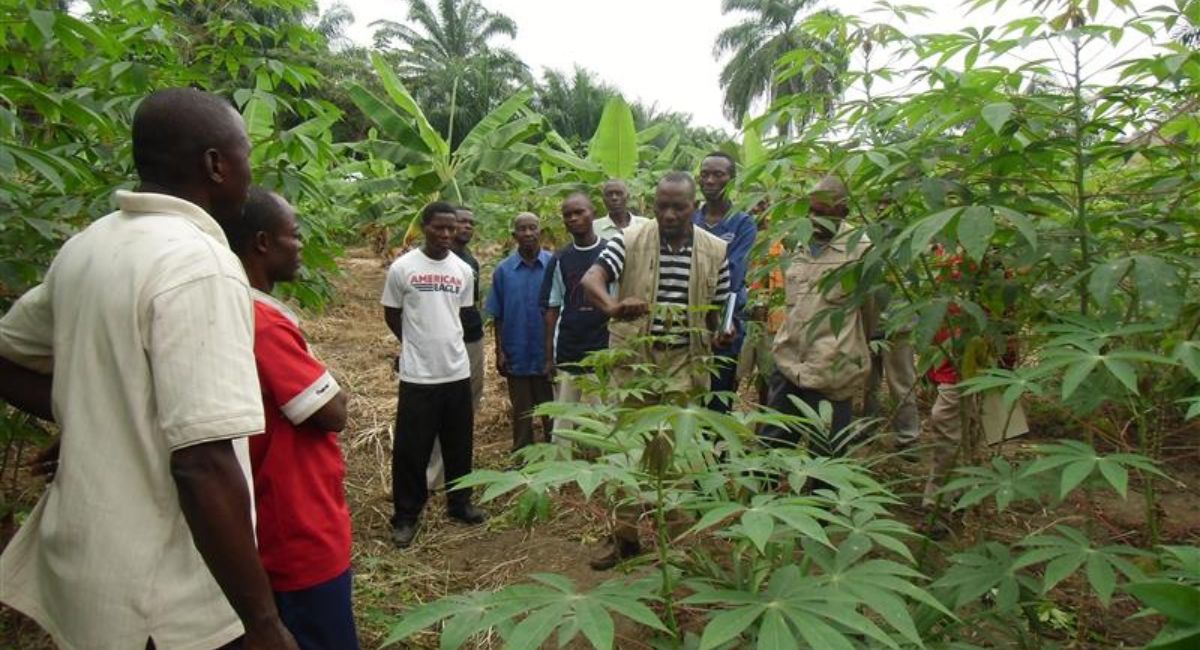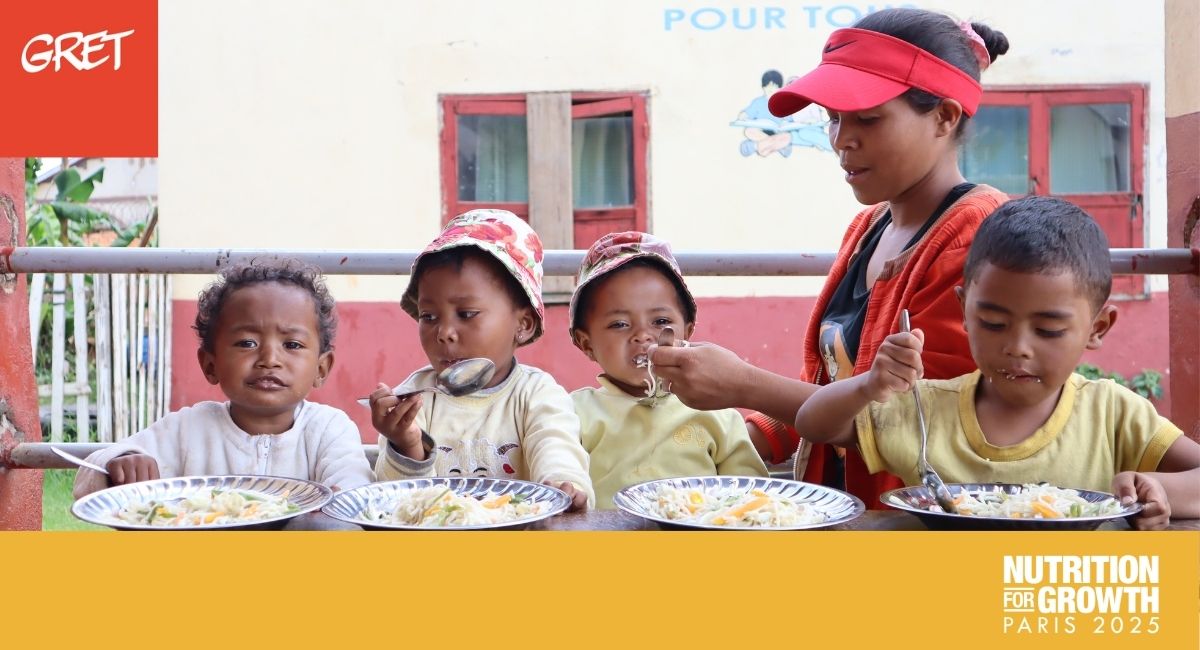Non-transmissible diseases (NTDs) are responsible for 74% of deaths worldwide. The high cost of managing these diseases pushes millions of people into poverty every year. How can this scourge be addressed? How to prevent these diseases, some of which can be linked to risky food practices, undernutrition, overweight and obesity?
What are non-transmissible diseases?
Also called “chronic diseases”, non-transmissible diseases (or NTDs) are long-term illnesses that generally evolve slowly. The main NTDs are cardiovascular disease, cancer, chronic respiratory illness and diabetes. These are referred to as the “four big killers”, because they are the primary cause of deaths and incapacity across the world. Mental and neurological illnesses are also part of the main NTDs since 2018.
Consequences on people’s health and on economic development in countries
Non-transmissible diseases cause 41 million deaths every year, of which 17 million are premature, i.e. before the age of 70. The burden is highest in low- and middle-income countries, where more than 85% of premature deaths are due to these illnesses [1].
There is a strong link between poverty and NTDs, and their rapid growth can be an obstacle for actions aimed at reducing poverty in low-income countries. The absence of social protection systems, difficulties in accessing healthcare leading to delayed diagnoses, and the very high cost of long treatments for households drive millions of people into poverty every year. In addition, some NTD risk factors are more widespread in the poorest communities than in those with a high socio-economic status[2].
Reducing risk factors
According to the WHO, an effective way of fighting against NTDs is to concentrate on the reduction of risk factors associated with these illnesses. Rapid, unplanned urbanisation, the globalisation of lifestyles that are harmful to health, and ageing populations all contribute to the development of NTDs worldwide. Modifiable risk factors include harmful use of alcohol, unhealthy diet, lack of physical activity, and smoking. Children, adults and older people are all vulnerable to these factors. A document published by the United Nations System Standing Committee on Nutrition (UNSCN) stresses that “the increase in the prevalence of obesity, higher consumption of poor quality food and constant undernutrition are contributing to the expansion of NTDs”.
The dual nutritional burden
“Our countries of intervention are affected by these issues”, explains Sophie Renault, nutrition and health projects manager at GRET. “We refer to the dual nutritional burden when individuals or households suffer from various forms of malnutrition, and experience symptoms related to undernutrition such as micronutrient deficiencies and underweight. Although prevention of undernutrition remains absolutely necessary, it is now also urgent to take greater account of certain NTD factors such as overweight, obesity, unhealthy diet and lack of physical activity in health and nutrition development projects. In tackling these risk factors, we are casting a wide net because we can increase the chances of preventing a certain number of health problems, including some NTDs”.
Alarming figures on overweight and obesity
The figures speak for themselves. In 2022, across the world, 148.1 million children under the age of 5 were suffering from chronic malnutrition, while 45 million were suffering from emaciation and 37 million were affected by overweight. This last figure was 33 million in 2000. “While the number of underweight children is decreasing, the number of overweight children is increasing. It is highly possible that it will continue to increase and exceed the number of underweight children or, at the very least, equal it, which is really alarming”, says Sophie Renault. According to the WHO, obesity and overweight in childhood can have repercussions throughout a person’s life, generating mental illness and the development of NTDs in adulthood.
Among the 37 million children who are overweight, more than one quarter now live in Africa, and almost half in Asia. The prevalence of obesity in Western Africa is 2.4%, i.e. 1.7 million children under the age of 5, and 7.4% in South-East Asia, i.e. 4.1 million.
Trends for adults are just as worrying. In the Bamako region in Mali for example, 45.8 % of women are overweight or obese, while 48 % are anaemic.
These figures [3], which are not widely known, are a clear illustration of the dual nutritional burden.
High-risk eating practices
In its countries of intervention, GRET works on the identification of high-risk eating practices. A study conducted in Bamako showed that 33% of children aged between 9 and 11 months ate crisps one to several times a week, and 25% of children aged 21 to 23 months drank a soda every day. The study demonstrated that making children happy was a significant concern for parents, however, it also concludes – encouragingly – that knowledge on risks could contribute to reducing these factors.
According to another study conducted by GRET, women of childbearing age in Sahelian cities are a high-risk category, with regards nutrient deficiencies, overweight and obesity. Some of the main causes for this are lack of physical activity, snacking between meals and the fact that being overweight is considered attractive.
Although understanding these practices and the factors that influence them is important, it is equally important to understand their determinants on a global level. It is difficult to ignore the negative impacts of the sales and marketing of ultra-processed unhealthy products when focusing on the prevention of non-transmissible diseases. It is also necessary, therefore, to consider the environment in which these populations live and work. Practices are the result of a number of factors: knowledge; skills; the influence of family and friends; cultural factors; access to food; foods on offer; access and availability of healthcare services; an environment favouring healthy diet and physical activity; social, health and public policies; etc. Areas of intervention are therefore vast and require collaboration from all sectors, in particular the healthcare, finance, transport, education, agriculture and planning sectors.
[1] Key information on non-transmissible diseases (who.int)
[3] Sources: Levels and trends of child malnutrition 2023 and INSTAT, DGSHP/SDN (Mali) (2021), Nutritional anthropometric and retrospective mortality survey in December2021 – 11th edition in Mali.





